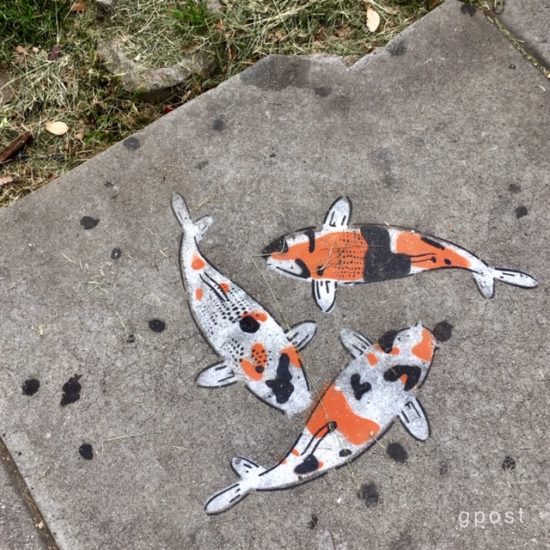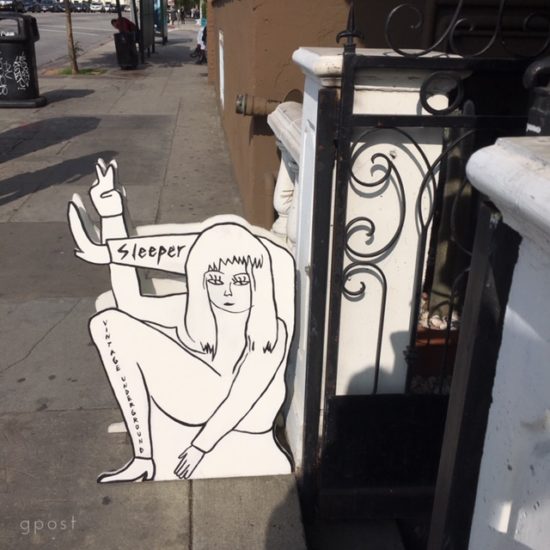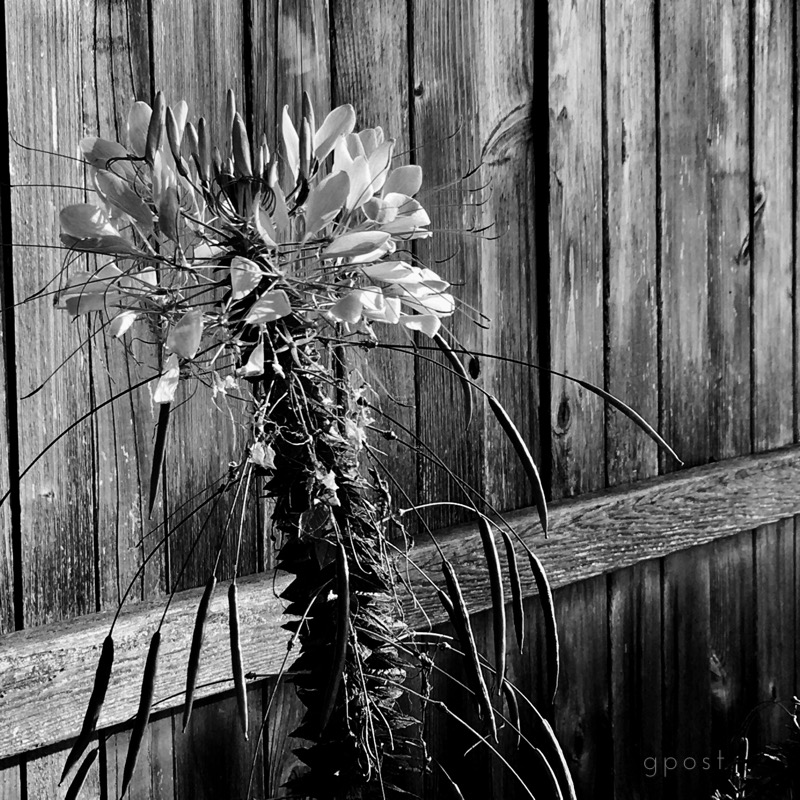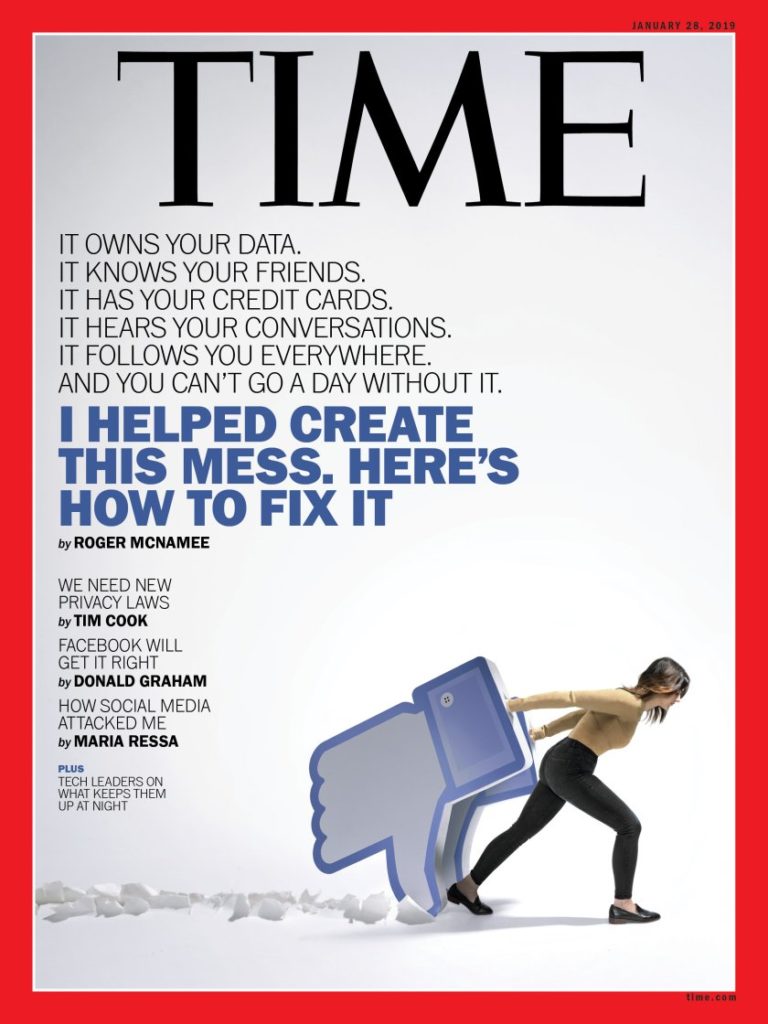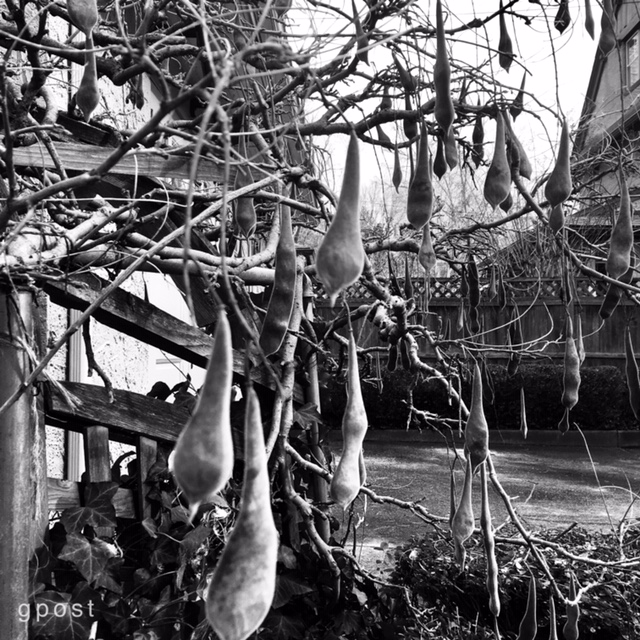
A counter-narrative I kept hearing before the New Year was that everything’s “so much better” than I think it is.
I’m fairly certain that’s not true, but my cup is still ” half full” (and probably a little more than that) as I start another year.
Since at least the Great Recession began in 2008, or maybe back to 9/11 and Hurricane Katrina, I’ve been see-sawing between pessimism and optimism. On the downside have been fewer haves, more have-nots (and less opportunity in the country I grew up in) as well as the political and environmental challenges to the ways that we live and work. On the upside, these have also been years of extraordinary innovation and I’ve gotten corresponding lifts from what our new smartphones, social networks, access to the world’s information, and gathering of “big” data (to explain just about everything) have promised.
As some promises were broken, others were kept. Ten years ago, it would have been cheaper to build new coal- or natural gas-based power generation than wind or solar, but not today. (It’s capitalism’s cost efficiencies not just government regulations that are closing coal-fired power plants.) At the same time, more and better data tells us that people around the world are healthier, living longer and that more are escaping dehumanizing poverty. This forward movement only seems to stall when the costs to the environment of more human development are factored in–so I’m back on the see saw again.
Since any good lawyer can marshal facts to prove his case for either pessimism or optimism, why am I so certain that I’m in positive territory? One part of my answer is self-serving, another part is based on experience, and still another from trying to register data-points beyond the next alarming headline.
For much of the past 10 years—and for several stretches before that—I’ve been my own boss, which means (among other things) that I have to create my own momentum every day. Because a pessimistic outlook kills my drive, I look for the good news even when I’m overwhelmed by the bad, and usually can find it lurking in plain-sight: steady instead of frantic, modest instead of boasting, less newsworthy but hardly non-existent.
This is more than a mind-game to get me to work every day. Optimism usually has the edge because the good news drowns out enough of the bad to settle me down somewhere above the tipping point.
I’m also helped by my recent experiences.
For example, I visited Baltimore just before Christmas. My home base of Philadelphia is the poorest of America’s 10 largest cities, but even with some of the sad neighborhoods that splay out around me, Baltimore came as a shock.
Because it’s always a quick read on people and place when you take public transportation, we dove right into the buses and trains after we arrived, trying to get around for a wedding Emily had to go to and to some side destinations that we had in mind together. I always get lost in a new city’s transit system, quickly needing “the kindness of strangers” to find my way, and this weekend we discovered some of what Baltimore is like today beyond its first impressions.
Strangers asking locals for help on the street are always vulnerable. But the distance between you is reduced by your need, as well as when your eyes meet, when a local’s mastery of bus color or route is demonstrated, and when you express your gratitude for the help you’ve been given. “Strangeness” shrinks further as such encounters multiply. This place that’s home to them but new to you becomes more familiar as you’re invited in by their hospitality.
What appeared to be the extreme poverty of Baltimore’s public transportation riders was completely forgotten in the generosity that these men and women kept on demonstrating as we learned our ways around on those cold, damp and gray December days. Among other places, their aid got us to the City’s art museum and to vivid paintings by Matisse that most may never have seen. But somehow “the closeness of home” in Matisse’s colors and forms were perfect embodiments of the hospitality that we’d gotten as we made our way in their direction.
A couple of days in Baltimore reminded me that a bigger story in America than any news story continues to be about the decency and generosity of its people, and how easy it still is to be welcomed into a stranger’s home.
My cup is more filled than empty for another reason too. As Matt Ridley echoed in an essay a couple of weeks ago: “good news is no news” at all, particularly when one’s fight-or-flight instincts are preoccupied by the next uptick in the threat level. Fill in the blanks with every calamity that’s worrying you most today and Ridley falls back on his data to counter your sense of impending doom:
How can I possibly say that things are getting better, given all that? The answer is: because bad things happen while the world still gets better.
He doesn’t mean that there aren’t storm clouds, even some existential ones. Only, I think, that there are more reserves to weather them—and more forward momentum—than we’re able to recognize when our fields of vision are obscured by our fears.
For example, for those who argue (like me, sometimes) that we’re just “using the world up” and leaving nothing for future generations, Ridley refuses to let us lose sight of either our gains or our possibilities. He argues that we are also producing more economic growth today with fewer of the world’s resources than ever before, that is, with less water, less metal, less land, less of almost everything we once consumed. The situation in Britain (where Ridley is based) and in other “developed countries” does not reflect what’s happening everywhere else, but it’s not irrelevant either.
- The quantity of all resources consumed per person in Britain (domestic extraction of biomass, metals, minerals and fossil fuels, plus imports minus exports) fell by a third between 2000 and 2017… That’s a faster decline than the increase in the number of people, so it means fewer resources are being consumed overall;
- Britain is using 10% less energy today than it was in 1970, even though its population is 20% larger;
- In the past twenty years, room size computers have been replaced by smartphones, with formerly standalone calendars, flashlights, maps, radios, CD players, watches and newspapers thrown in for good measure;
- Widely used LED light bulbs consume a quarter of the electricity as incandescent bulbs for the same light; and
- The productivity of agriculture is rising so fast that human needs can be supplied with a shrinking amount of land (although, I’d add, the environmental costs of fertilizers, genetically modified seeds and pesticides must be factored in as well).
So my take on Ridley’s data-fueled sunshine is this: Yes, too many of us are still wallowing in consumption and heedless of the consequences, but there are also templates and practices that we’ve already put in place and can build upon—enough human ingenuity and positive momentum—that we’re not running on empty into the future, but instead have a tank that’s maybe, hopefully, a little more than half full.
Enough for cautious optimism.
Enough to preserve our impetus to act on the sense of urgency that remains.
Ridley’s argument builds on the data-driven encouragements of his 2010 book The Rational Optimist (you can read a review of it here) as well as on more recent findings by MIT research scientist Andrew McAfee in his excellent, recent More from Less: The Surprising Story of How We Learned to Prosper Using Fewer Resources—and What Happens Next (2019).
(If you’re interested in delving deeper, here’s a link with an overview of McAfee’s More from Less argument that “capitalism, tech progress, public awareness, and responsive government [these last two aimed at halting environmental degradation in particular] are the four horsemen of the optimist.” Because I thoroughly enjoyed McAfee’s storytelling in a recent interview on Innovation Hub, you might appreciate his live take on our future possibilities too.)
Since the new work-year really begins tomorrow, I wanted to make one more year argument for what can be accomplished in our jobs as tech users, citizens and custodians of a fragile planet as long as we have enough hope.
It’s not just a theoretical hope that we’ll need, but one that’s confirmed whenever you ground your aims in other people at, say, a Baltimore bus stop. It’s when you have “the full-body experience” of dissenting while trying “to raise the consciousness level” of everyone who’s watching or listening, as I argued here last week in Finding a Better Home Through Action.
They are ways to be at home (alone with your work) and not “let the world turn in on you,” just as there are ways to be at home with the life force of others, either where you live or in a strange city,.
It’s inhabiting the jobs you are trying to do by finding “just enough hope.”
This post was adapted from my January 5, 2020 newsletter. When you subscribe, a new newsletter/post will be delivered to your inbox every Sunday morning.
